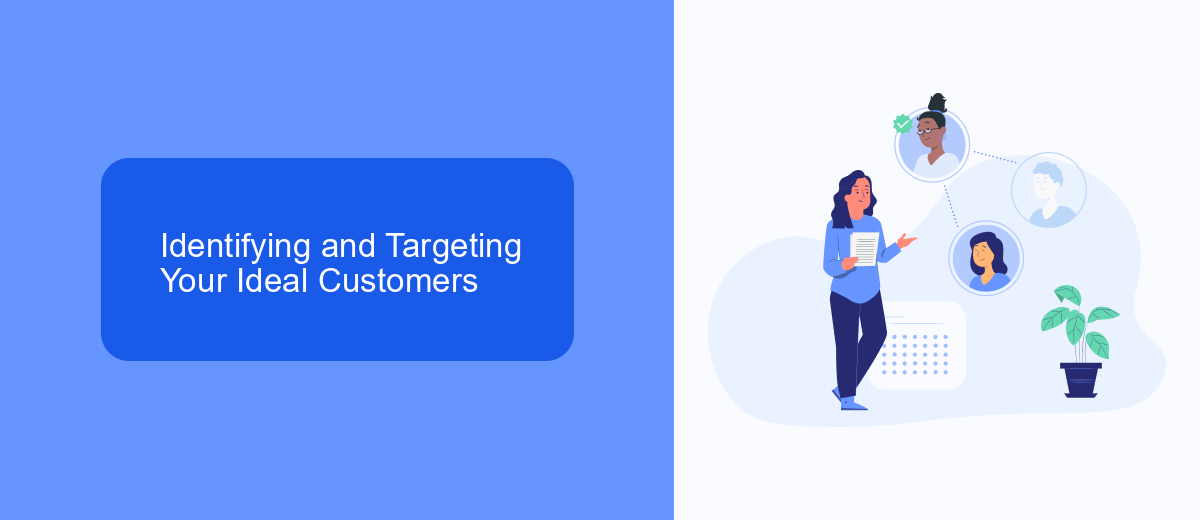Lead generation is the cornerstone of any successful sales strategy, serving as the first step in the customer acquisition process. By identifying and cultivating potential customers, businesses can create a steady pipeline of prospects, ensuring sustained growth and profitability. In this article, we will explore effective lead generation techniques, tools, and best practices to help your sales team thrive in a competitive market.
Lead Generation Sales: A Comprehensive Guide
Lead generation sales involve identifying and attracting potential customers who are likely to purchase your product or service. This crucial process enables businesses to build a pipeline of prospects and convert them into loyal clients. Effective lead generation requires a well-thought-out strategy and the right tools to streamline the process.
- Identify your target audience: Understand who your ideal customers are and tailor your approach to meet their needs.
- Create compelling content: Develop engaging and informative content that addresses your audience's pain points and interests.
- Utilize social media: Leverage platforms like LinkedIn, Facebook, and Twitter to reach a broader audience and generate leads.
- Implement email marketing: Use personalized email campaigns to nurture leads and guide them through the sales funnel.
- Use lead generation tools: Services like SaveMyLeads can automate the process of capturing and integrating leads from various sources, saving you time and effort.
By following these steps and utilizing the right tools, businesses can effectively generate leads and boost their sales. Remember, the key to successful lead generation is consistency and continuous improvement. Regularly analyze your results and adjust your strategies to achieve the best outcomes.
Identifying and Targeting Your Ideal Customers

Identifying and targeting your ideal customers is a critical step in the lead generation process. Begin by creating detailed buyer personas that represent your ideal customers. These personas should include demographic information, pain points, and purchasing behaviors. Utilize tools like surveys, interviews, and market research to gather this data and refine your personas over time. Once you have a clear picture of your target audience, focus your marketing efforts on channels where they are most active, such as social media, email marketing, or industry-specific forums.
To streamline your lead generation efforts, consider leveraging integration services like SaveMyLeads. This platform allows you to automate the process of collecting and managing leads from various sources, ensuring that no potential customer slips through the cracks. By connecting your CRM, email marketing tools, and other platforms, SaveMyLeads helps you maintain a consistent and efficient workflow. This not only saves time but also enhances your ability to target and nurture your ideal customers effectively.
Creating High-Converting Landing Pages and Forms

Creating high-converting landing pages and forms is crucial for effective lead generation. A well-designed landing page not only attracts visitors but also encourages them to take action, such as filling out a form or subscribing to a newsletter. Here are some key steps to achieve this:
- Craft a compelling headline that grabs attention and clearly states the value proposition.
- Use high-quality images and videos to make the page visually appealing and engaging.
- Ensure the landing page is mobile-friendly, as a significant portion of traffic comes from mobile devices.
- Include a clear and concise call-to-action (CTA) that guides visitors on what to do next.
- Optimize the form fields to collect essential information without overwhelming the visitor.
- Integrate with tools like SaveMyLeads to automate and streamline data collection and follow-up processes.
By following these steps, you can create landing pages and forms that not only attract potential leads but also convert them effectively. Remember, continuous testing and optimization are key to maintaining high conversion rates. Utilize analytics to track performance and make data-driven decisions for improvements.
Nurturing Leads and Building Relationships

Nurturing leads is a crucial aspect of the sales process that involves building and maintaining relationships with potential customers. This process helps to establish trust and credibility, ultimately guiding leads through the sales funnel. Effective lead nurturing requires consistent communication and personalized interactions to keep leads engaged and informed.
To achieve this, businesses can utilize various tools and strategies. Email marketing campaigns, social media interactions, and targeted content are all effective methods for nurturing leads. Additionally, integrating automation tools like SaveMyLeads can streamline the process by automatically syncing lead data across platforms and ensuring timely follow-ups.
- Send personalized emails with relevant content
- Engage with leads on social media
- Utilize automation tools for efficient lead management
- Offer valuable resources and information
By consistently nurturing leads and building strong relationships, businesses can increase their chances of converting leads into loyal customers. The key is to provide value at every touchpoint and demonstrate a genuine interest in solving the lead's problems. This approach not only boosts conversion rates but also fosters long-term customer loyalty.
Closing Deals and Measuring Success
Closing deals is a critical phase in the lead generation sales process. It involves converting potential leads into paying customers through effective communication, negotiation, and value demonstration. To successfully close deals, sales teams must be adept at identifying the needs of their prospects, addressing any objections, and providing tailored solutions that meet those needs. Utilizing tools like SaveMyLeads can streamline this process by automating lead management and ensuring timely follow-ups, which increases the likelihood of conversion.
Measuring success in lead generation and sales is essential to refine strategies and improve performance. Key performance indicators (KPIs) such as conversion rates, customer acquisition costs, and average deal size provide valuable insights into the effectiveness of your sales efforts. Integrating SaveMyLeads with your CRM and other sales tools can help track these metrics in real-time, offering a comprehensive view of your sales pipeline and enabling data-driven decisions. By continuously analyzing and optimizing these metrics, businesses can enhance their lead generation strategies and achieve sustainable growth.
- Automate the work with leads from the Facebook advertising account
- Empower with integrations and instant transfer of leads
- Don't spend money on developers or integrators
- Save time by automating routine tasks
FAQ
What is Lead Generation in Sales?
Why is Lead Generation important for businesses?
How can I automate my Lead Generation process?
What are some effective strategies for Lead Generation?
How can I measure the success of my Lead Generation efforts?
Would you like your employees to receive real-time data on new Facebook leads, and automatically send a welcome email or SMS to users who have responded to your social media ad? All this and more can be implemented using the SaveMyLeads system. Connect the necessary services to your Facebook advertising account and automate data transfer and routine work. Let your employees focus on what really matters, rather than wasting time manually transferring data or sending out template emails.

